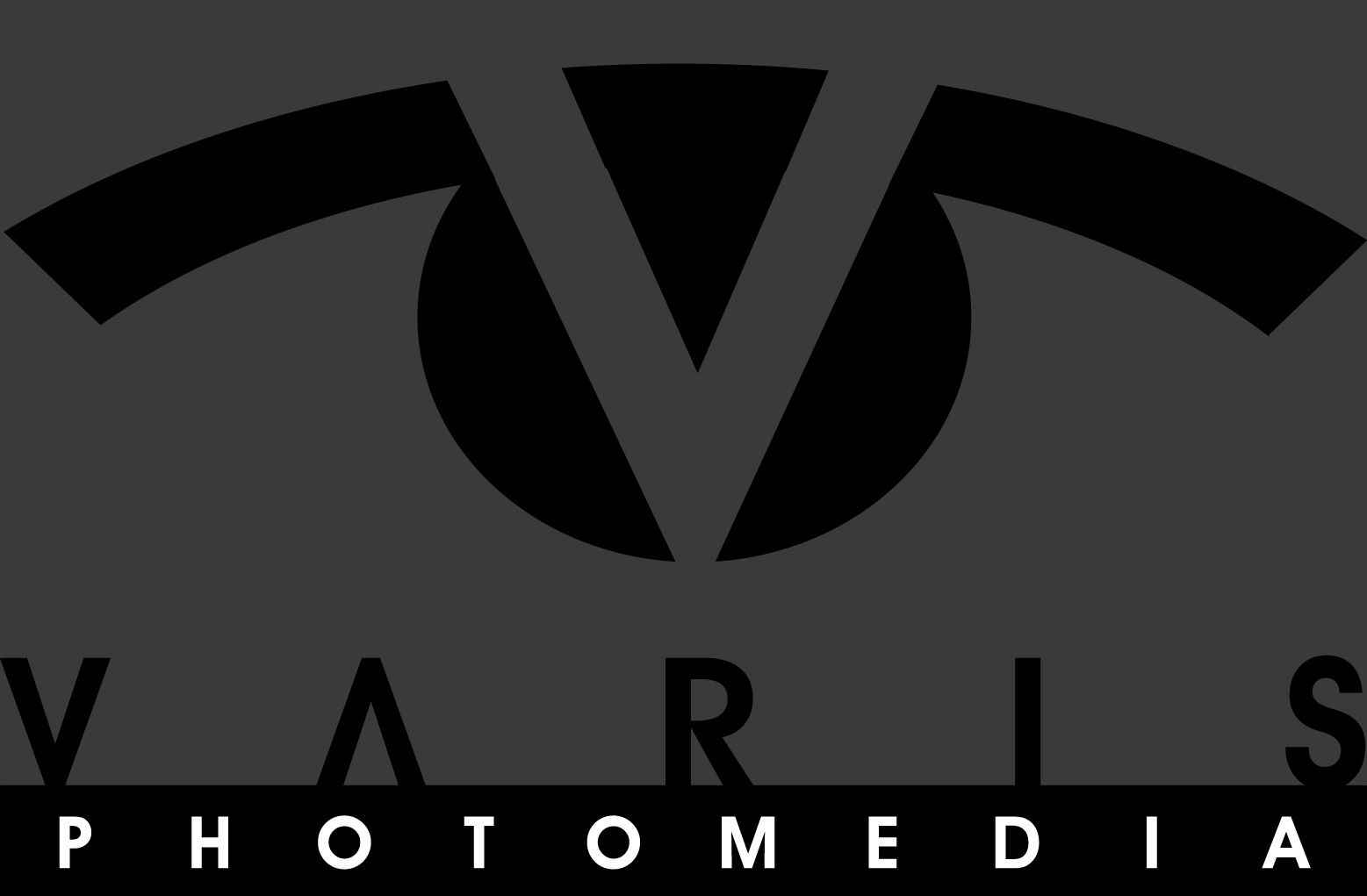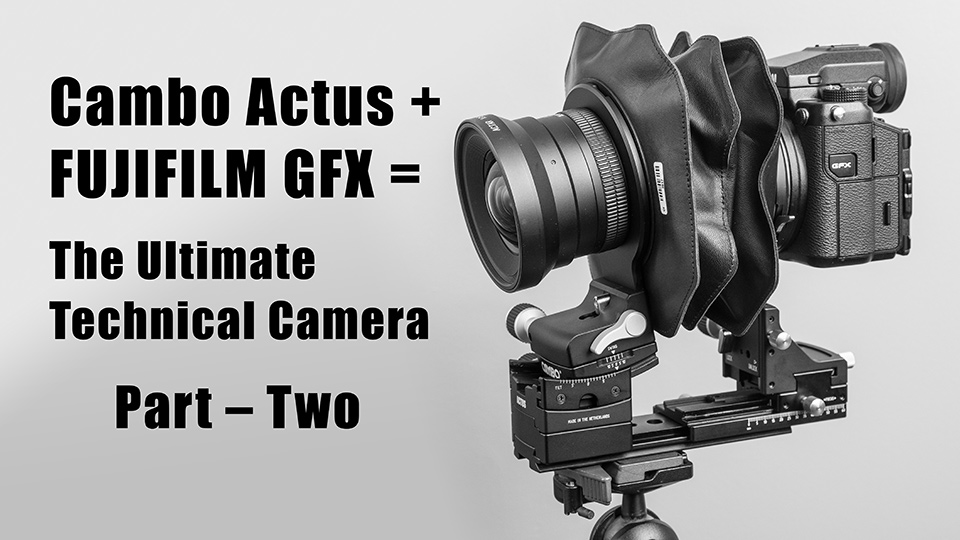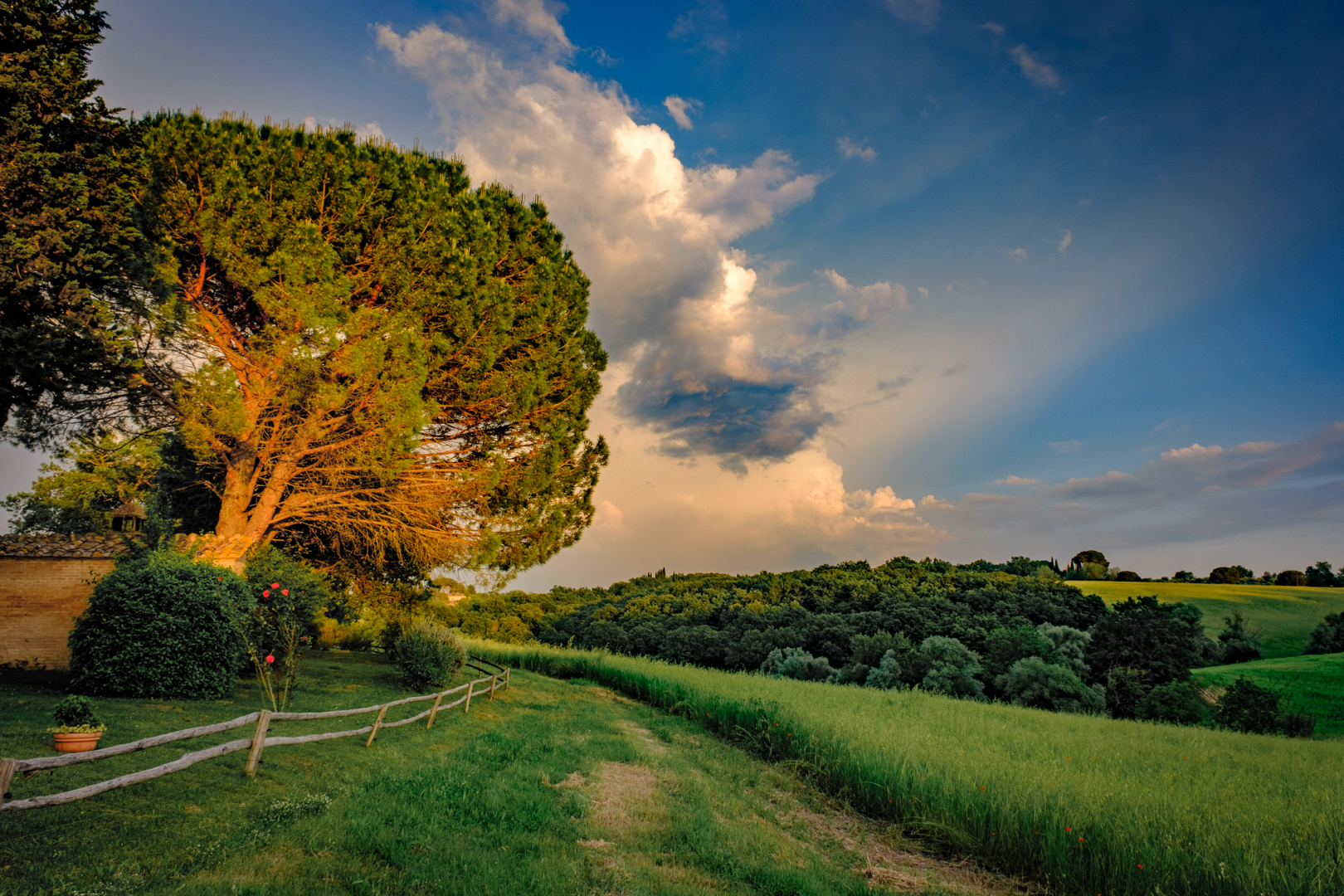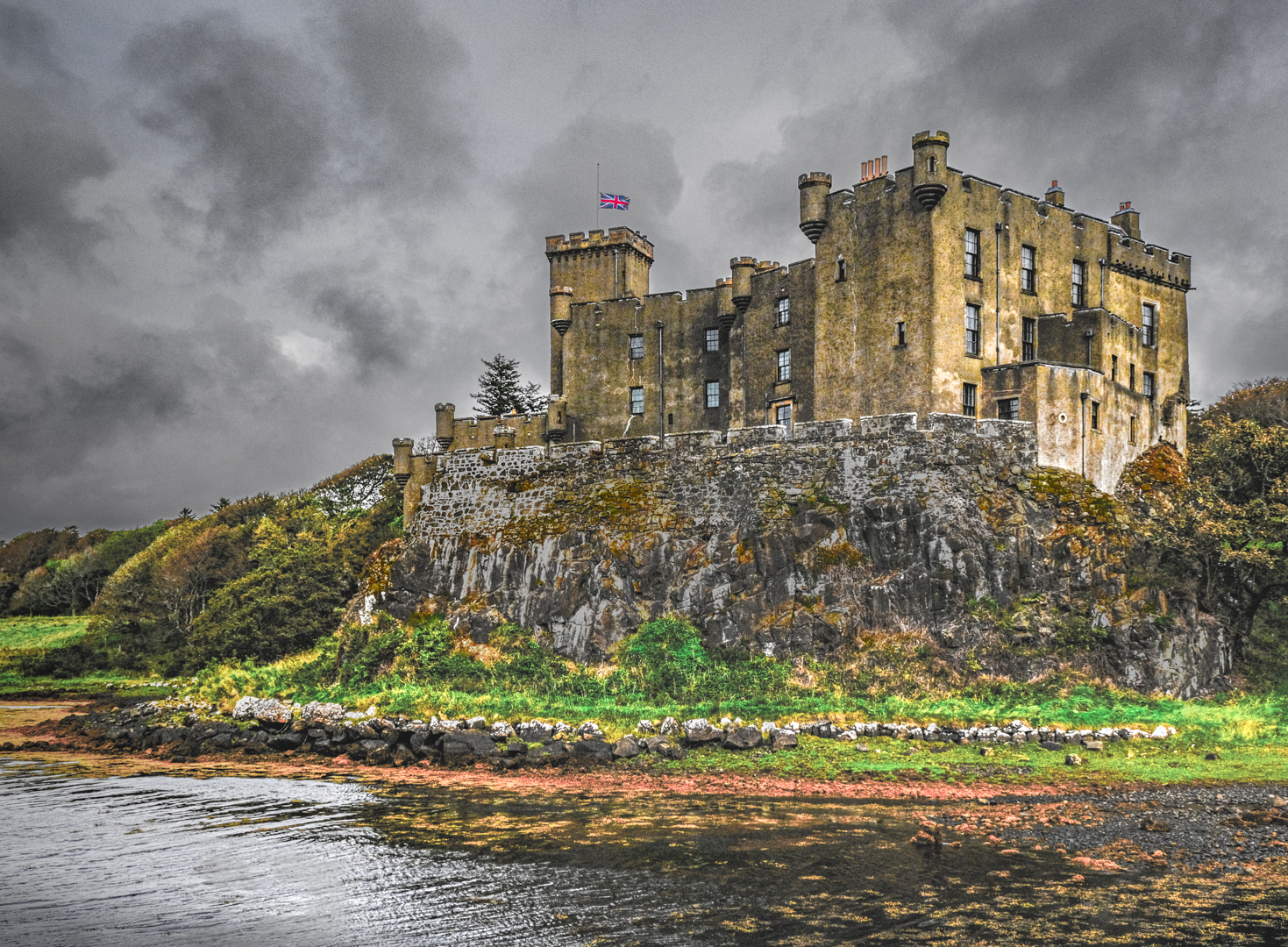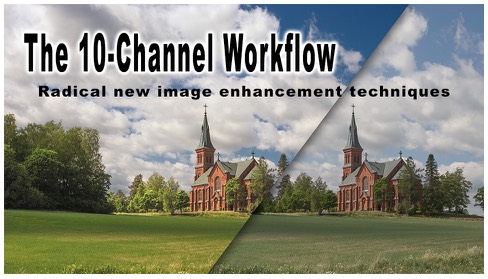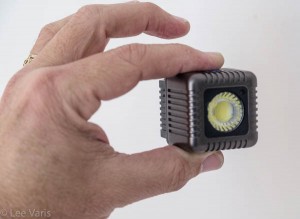Testing the Ultimate Technical Camera – part 2
This 2nd part of my examination of the Cambo Actus GFX system focuses (literally) on the lens tilting functionality. The tilting lens stage allows the photographer to alter the plane of focus, usually to match the plane of focus with the subject, to achieve better depth of focus with near-to-far subjects, or with macro focus situations.
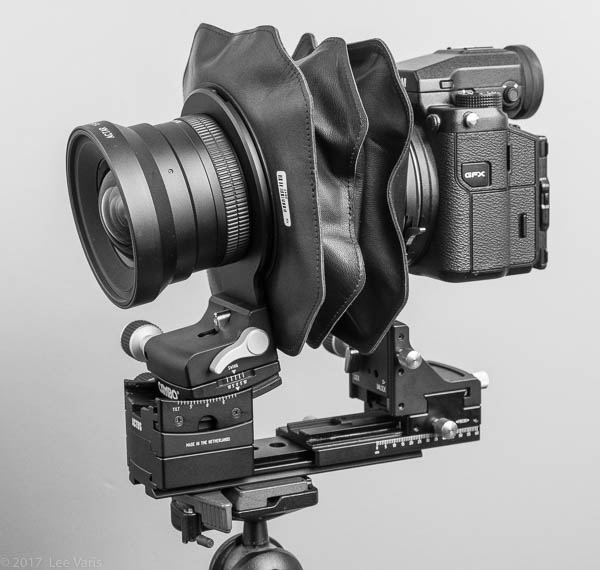
The Cambo Actus technical camera system allows the front lens stage to tilt, altering the plane of focus to match the subject.
This lens tilt takes advantage of the Scheimpflug principle, a geometric rule that describes the orientation of the plane of focus of an optical system (such as a camera) when the lens plane is not parallel to the image plane.
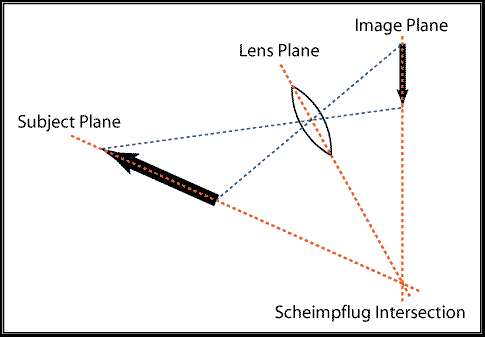
Tilting the lens such that the desired plane of focus intersects the plane of the lens, and the image plane at one point, known as the Scheimflug intersection, is the core function of the Scheimpflug principle.
Arranging the lens tilt so that the desired plane of focus intersects with the image plane, and the lens plane, at the same point, allows for enhanced focus along that focus plane without resorting to extra small ƒ-stops, and in most cases achieves sharper focus in the desired area. The following image illustrates how this works in practice. The first image has the lens plane parallel to the camera back, and the result is a limited depth of field that is particularly troublesome for near-to-far subjects…
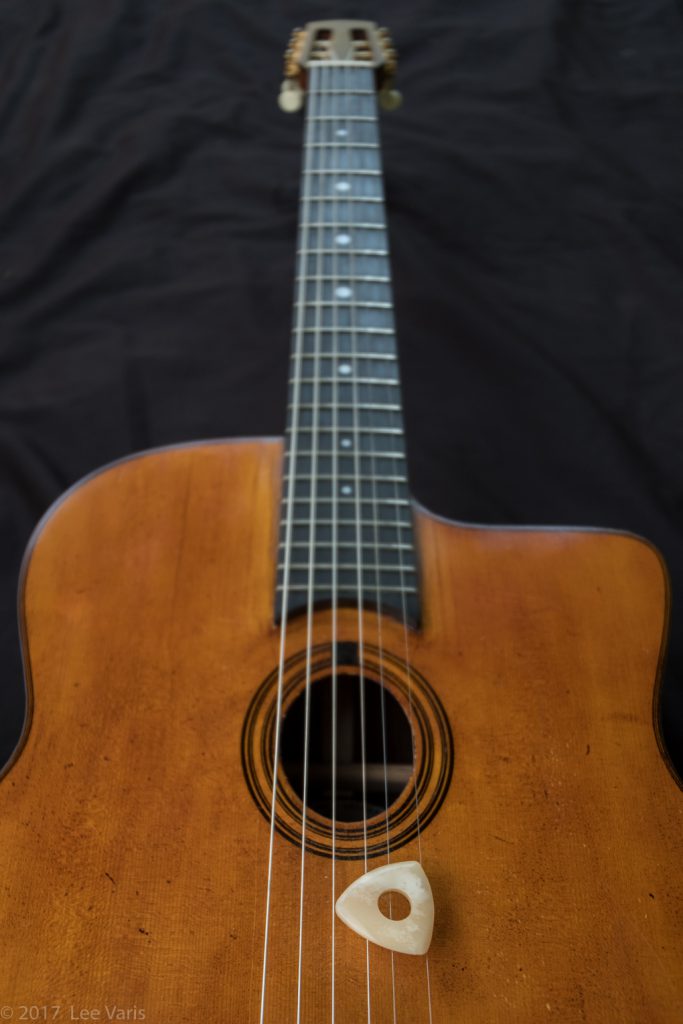
Here the back of the camera and the lens plane are parallel in a normal orientation—the focus is on the guitar pick which is very close to the lens—the focus falls off into the distance.
The second image has the lens tilted forward so that the lens plane intersects the plane of the face of the guitar, and the back of the camera—the result is an illusion of infinite focus or extended depth of field, even at a wide open ƒ-stop…
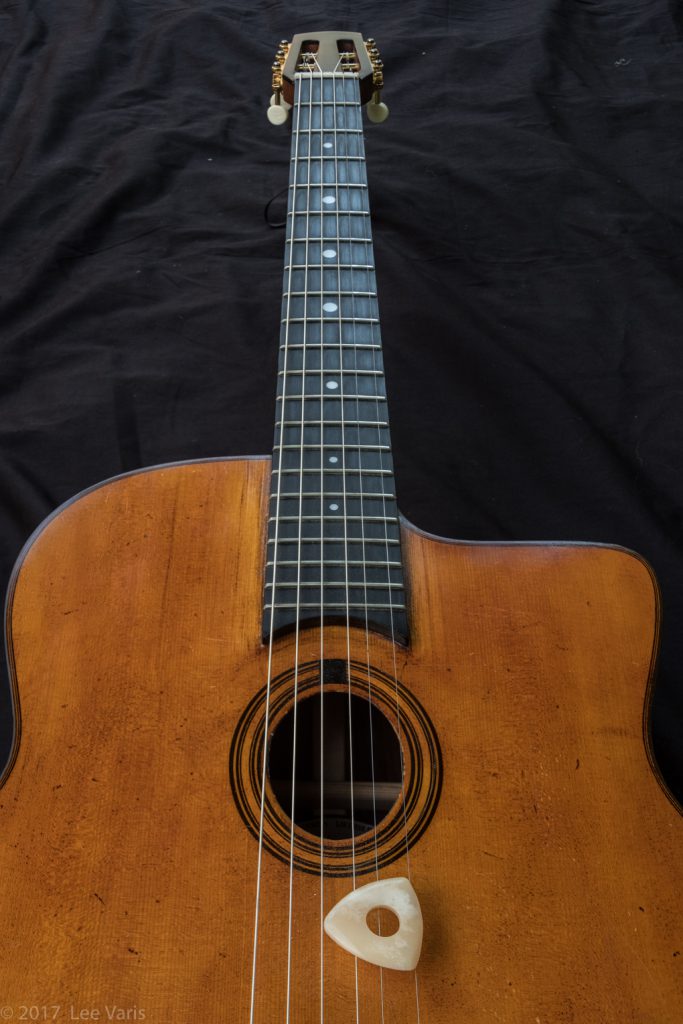
Here the lens has been tilted forward enough that the plane of focus matches the face of the guitar, and we have perfect focus along the whole length of the guitar, near-to-far.
The beauty of the medium format, mirrorless FUJIFILM GFX is that focus peaking in the electronic viewfinder makes the chore of determining the best angle for the lens easy—just tilt the lens until the red highlights show up along the edges in the image!
Besides the obvious application here in the still life above, subtle lens tilts can work wonders in ultra-close-up macro photography. This is something the Cambo Actus system excels at…
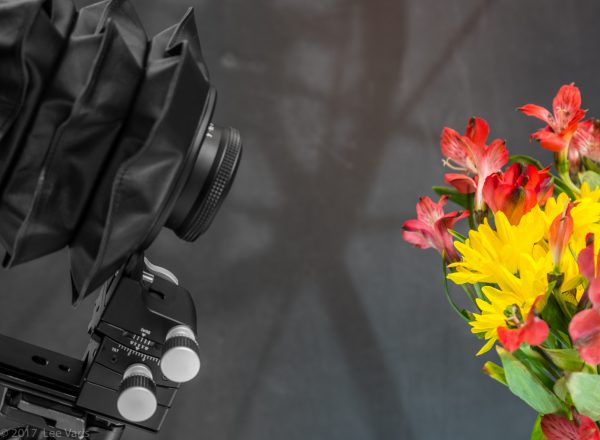
The Cambo Actus GFX with the 90mm Actar lens is ideal for extreme macro work. Small lens tilts can greatly enhance the apparent depth of focus at closer than 1:1 magnification distances.
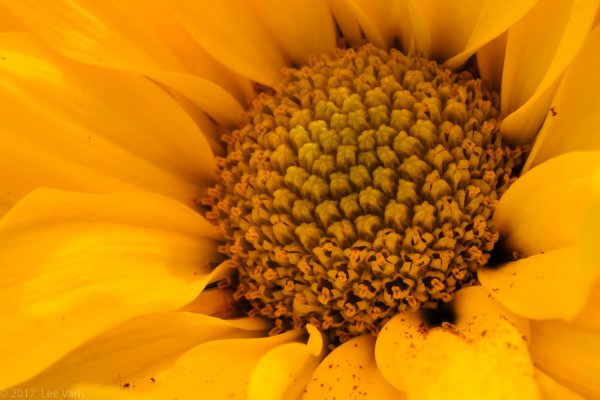
Here the lens has been tilted to place the focus across the plane of the flower center. Closing down the ƒ-stop just a bit extends the depth enough that all of the petals are also tack sharp!
There is nothing quite so luxurious as a view camera for macro photography, and the Cambo Actus GFX is a joy to use with extremely precise geared focus movements along the extended rail—the focus peaking of the FUJIFILM GFX is fantastic for nailing the focus.
The Scheimpflug principle also has application in landscape photography…
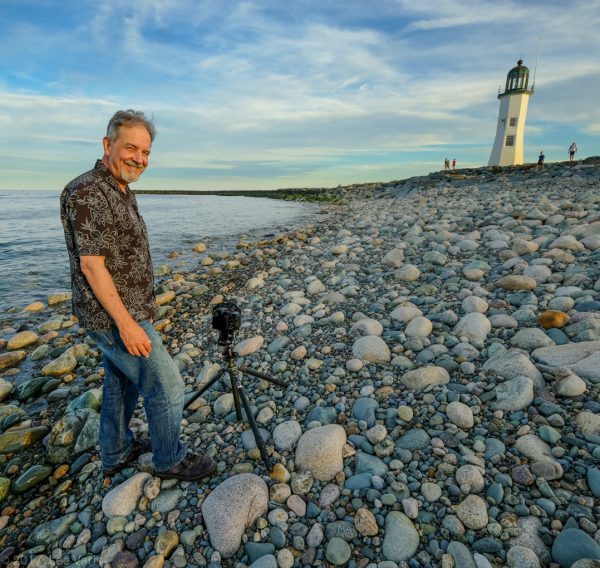
Here I’m setting up a shot with foreground rocks leading up to the lighthouse—an extreme near-to-far composition.
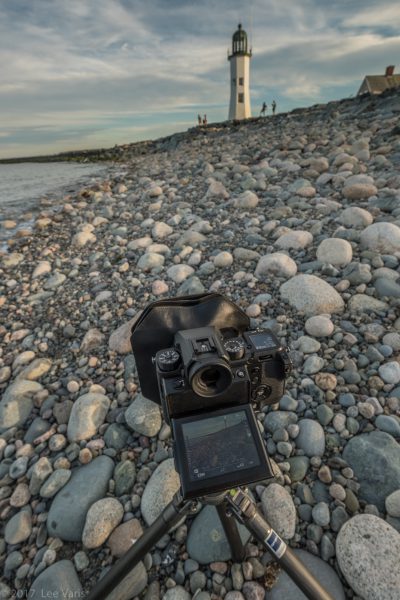
The foreground rocks are only 24 inches from the front of the lens with the light house over one hundred feet away.

There is no way to achieve this level of depth of focus in a single capture without the use of a tilting lens stage.
While it is possible to capture several shots with differing focus depths, and merge them using focus stacking, the look of the Scheimpflug capture achieves a subtle “standing in the scene” kind of feel that just works better for this type of image!
Here is a short video showing another shot from the same day of shooting…
The Cambo Actus with the FUJIFILM GFX is truly the ultimate technical camera for demanding photography in architecture, still life, and landscape applications. While the system is not cheap… roughly $2,795.00 for the Cambo Actus, another $1000 – 1700 or so for a large coverage view camera prime lens, and you’d still need to purchase the FUJIFILM GFX body ($6499.95 from B&H) , if you are looking for the ultimate technical system, this is it!
I was able to borrow the system for a only a week, and had limited time to work with it, but I really enjoyed working with the system. This camera inspired many ideas for photographs that I would like to pursue at some point in the near future. In the meantime, here is a gallery of images from my testing—click on the thumbnails below to see larger images! You can find out more about the Cambo Actus system of cameras, available with adapters for Canon, Nikon, Sony, and Fuji-X, from their website here: https://www.cambo.com/en/actus-mini/cambo-actus-mini-view-camera/
